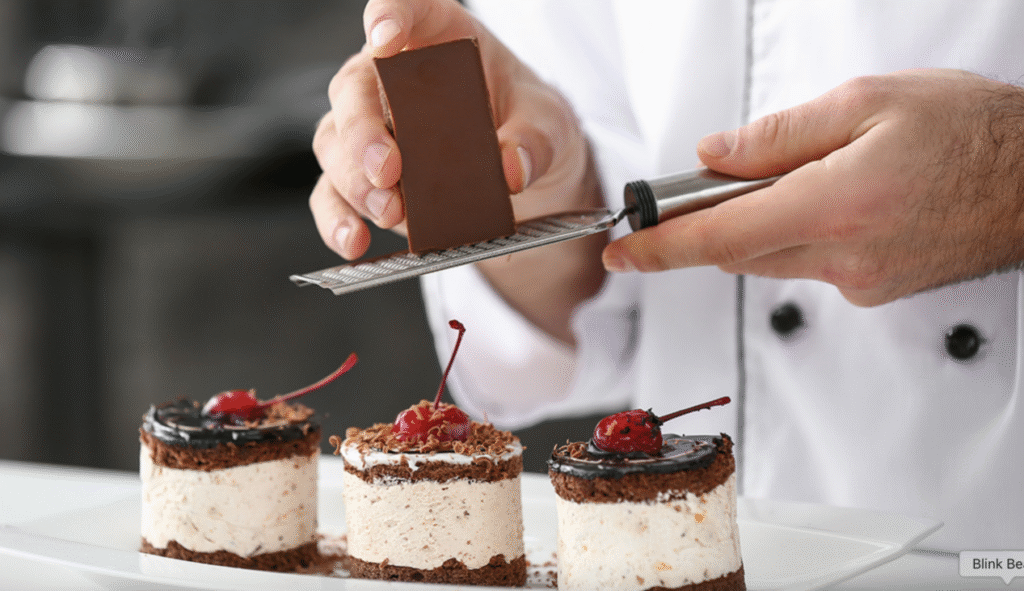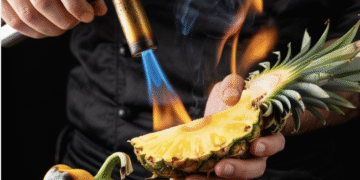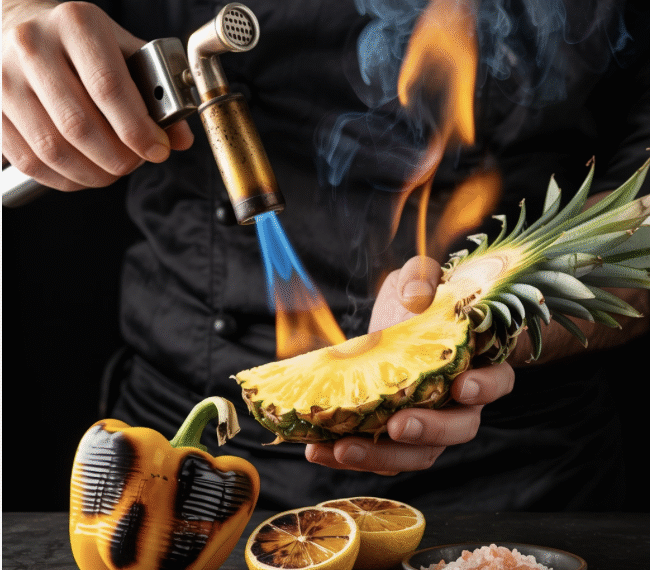The world of food has always evolved, but the pace of change in recent years has been nothing short of astonishing. By the summer of 2025, kitchens around the globe were on the brink of a transformation unlike anything seen before. July and August became defining months for culinary innovation, thanks to two groundbreaking developments—one born from the power of artificial intelligence, the other from the push toward sustainable living. Together, they began to reshape not just how food is prepared, but how it is grown, consumed, and experienced.
On July 25, 2025, a ripple of excitement spread through the culinary world when “ChefBot 3000” was officially released. This wasn’t just another kitchen gadget or recipe app—it was an AI-powered culinary brain designed to think like a chef, a nutritionist, and a flavor artist all at once. In seconds, ChefBot could take your dietary needs, scan your available ingredients, factor in seasonal produce, and generate recipes that felt both inventive and deeply personal. No more scrolling endlessly through recipe blogs or improvising with random fridge leftovers—ChefBot would create something you didn’t even know you wanted until you smelled it sizzling in the pan.
Its potential became obvious almost immediately. Gluten-free pasta dishes that didn’t sacrifice the comforting chew of tradition. Fusion tapas that married tropical fruit with bold Korean spice. Smoky avocado sushi rolls that hinted at the ocean but were born entirely of plants. And this was just the beginning. Within weeks, social media feeds overflowed with photos of dishes dreamed up by the AI, many of them beautiful enough for fine dining menus but simple enough for home cooks. Food bloggers, professional chefs, and curious beginners all began experimenting, some competing to see just how far ChefBot’s creativity could go. It wasn’t simply generating recipes—it was reinventing the idea of the home kitchen as a playground for global flavors and modern techniques.

While ChefBot was stirring creativity in kitchens, another innovation was quietly taking root—literally—inside people’s homes. On August 10, a startup revealed a piece of technology that seemed straight out of science fiction: compact solar-powered indoor farms. These vertical units, sleek in design and bathed in the soft glow of LED lights, were capable of growing herbs, microgreens, and edible flowers year-round. They used minimal energy, much of it harvested from small solar panels that made them efficient even in high-rise apartments with limited sunlight.
What made these miniature farms truly special wasn’t just their convenience—it was the way they blended sustainability with style. Imagine snipping fresh basil directly from a glowing countertop garden as you simmered tomato sauce, or plucking peppery microgreens moments before topping a salad. The farm-to-table concept, once the domain of rural kitchens or expensive restaurants, was suddenly possible in any city apartment. There was no need for long-distance transportation, no pesticide-heavy industrial farming—just pure, fresh produce steps away from the dinner table.
Chefs began to experiment with pairing these fresh, homegrown herbs with ChefBot’s AI-driven recipes. A citrus-spiced kimchi might get a lift from lemon basil grown three feet from the stove. A molecular gastronomy-inspired dessert might include edible flowers harvested minutes before plating. The line between garden and kitchen blurred, and the results were both visually stunning and environmentally responsible.
What made the summer of 2025 so remarkable wasn’t just the arrival of these two innovations, but the way they complemented each other. On one side, AI offered limitless customization—recipes that could change based on your mood, your health goals, or the exact mix of ingredients in your pantry. On the other, solar-powered farms offered consistent, sustainable freshness, cutting the need for plastic-packaged herbs or imported greens. Together, they created a new kind of kitchen: one that was smart, green, and endlessly inventive.
For busy families, this meant weeknight dinners that were both fast and healthy. For adventurous cooks, it meant a chance to experiment with flavor combinations that might never have been imagined before. For urban dwellers with no outdoor space, it meant growing real, living food in the heart of the city. And for the planet, it meant one step closer to reducing the environmental footprint of what we eat.
Some skeptics worried about technology’s role in cooking, fearing that AI might one day replace the artistry of human chefs. But early adopters quickly discovered that ChefBot was less of a replacement and more of an amplifier. It didn’t rob cooking of its joy—it expanded it, offering ideas that could be refined, adapted, and made personal. A chef could take an AI-generated recipe and add their own signature touches. A home cook could swap in family spices or tweak a flavor profile to suit their taste. In this way, technology didn’t erase tradition—it gave it a fresh set of tools.
The solar farms, too, were more than just appliances. They became design statements, conversation starters, and small-scale ecosystems that connected people to the origins of their food. Parents used them to teach children about plant growth and sustainability. Foodies used them to explore varieties of herbs and greens they’d never seen in supermarkets. And in professional kitchens, chefs used them to guarantee the quality and flavor of garnishes and key ingredients, no matter the season.
By the close of August 2025, it was clear that something had shifted. Kitchens had become laboratories of creativity and hubs of sustainable living. Dinner was no longer just about following a recipe—it was about collaborating with AI, harvesting your own ingredients, and crafting something that reflected both your tastes and your values.
But for now, the magic of summer 2025 lies in the moment when these ideas first became real. In homes and restaurants alike, people were chopping herbs grown under their own roofs, stirring sauces born from an AI’s creative spark, and tasting the possibilities of a smarter, greener future. The kitchen was no longer just a place to cook—it had become a stage for innovation, a garden of sustainability, and a workshop of flavors yet to be discovered.
In the years to come, we may look back on this season as the one that set a new standard for what it means to eat well. A standard where freshness isn’t bound by geography, where creativity isn’t limited by human memory, and where every plate tells a story of technology and tradition working together. It was the summer when the world learned that the future of food wasn’t just about what we eat—it was about how we imagine, grow, and share it.
















